Grey Gardens: Riches to Rags

“It’s sad, it’s funny, it’s disturbing …
Arthur Knight
If ever there was a tale mirroring the times we live in fraught with instant fame, fleeting fortunes and overnight foreclosures, excess, privilege and entitlement reduced to despair, disillusion and decay, all unnervingly captured on film by the prying eye of the paparazzi, look no further than the upcoming HBO drama Grey Gardens. [April 18, 2009]

Jessica Lang as Big Edie
In a reprise of the 1975 cult classic of the same name shot by cinéma vérité pioneers Albert and David Maysles, Grey Gardens chronicles the lives of former socialite Mrs. Edith Bouvier Beale and her aspiring actress daughter Edie, (played by Jessica Lange and Drew Barrymore) the aunt and first cousin of Jacqueline Kennedy Onassis …

Drew Barrymore as Little Edie
… two forgotten women who lived in a world of their own behind the towering privets that surrounded their decaying 28-room East Hampton mansion known as “Grey Gardens,” a place so far gone that the local authorities once threatened to evict them for violating building and sanitation codes.

Drew Barrymore, HBO Grey Gardens
Grey Gardens explores the broken dreams of two indomitable women who were once among the brightest names in the pre-Camelot social registry but became the subject of tabloid headlines that rocked the Kennedy clan in the early 1970s.
At the time, the incident made national headlines —
“American royalty, living in squalor!”
(In our present day round-the-clock mediatized era of Made-Off and friends, the story would have registered as a mere blip on the blogosphere).
But at the time, the Beales were nothing short of the upper crust. Mrs. Beale, a.k.a. “Big Edie,” was a born aristocrat. Her daughter “Little Edie” was an aspiring actress of striking beauty who put her New York life on hold to care for her mother – and never left her side again.

Little Edie at seventeen.
“She has this brilliant fashion sense
and these great lines —
I don’t know a movie I quote more.
But when you go deeper …
what’s there is a truly remarkable injured bird
with the most amazing feathers.”
–Drew Barrymore on Little Edie

Little Edie modeling swimwear during her job as a fashion model, circa 1935.
Both had lived in almost complete seclusion since the mid-1950s, ever since Big Edie’s husband abandoned them. Twenty years later they continued to live in their memories while camped out in a single bedroom of the 28-room mansion overrun with cats (who use the floor as their litter box).
The two Edie’s would spend the next two decades slipping into mental illness, feeding off each other’s inability to cope with the injustices that life dealt them, and yet in a haunting way, developing a loving relationship that was endless.

Little Edie Beale, circa 1935
Together they descended into a strange life of dependence and eccentricity that no one had ever shared until the Maysles arrived with their camera and tape recorder.
The Beales were ready for their close-ups. Little Edie — a still-attractive woman at 56 — parades about coquettishly in her trademark improvised turbans (her wildly original ensembles inspired a 9-page fashion spread in a 1998 issue of Harper’s Bazaar and a 1999 issue of Italian Vogue) reminiscing about her brilliant past, still hoping that her Big Chance and Big Romance are just around the corner.



Big Edie, trained soprano in her bohemian days, trills romantic songs of yesteryear in a slightly wobbly, but still rich voice. The women bicker, prattle, and flirt like characters out of Tennessee Williams or Eugene O’Neill.

“I’ve seen Grey Gardens four times!
I felt that I was looking at
two eccentric women
and I was embarrassed,
but the fault was in me,
because slowly but surely
I was opened to these women
on any number of levels
that I’m still exploring.”
— Judith Crist, 1974

“To my mother and me,
Grey Gardens is a breakthrough
to something beautiful
and precious called life.”
–Edie Beale, 1974
Big Edie and her daughter were paid $5,000 each for the documentary which featured their daily life, songs and dances. They never did obtain a percentage of the film profits as originally promised by the Maysles. The film was screened for Beale and Little Edie in the upstairs hall of Grey Gardens in 1975. Her daughter Edie declared it “a classic!”.

BEFORE / The Bohemian Party, 1936

AFTER / Jackie’s Visit, 1972
Grey Gardens was purchased in 1923 by Phelan Beale and Edith Bouvier Beale, aunt and uncle of Jacqueline Kennedy Onassis. The Beales occupied the house for over 50 years.
The house itself, a traditional shingled cottage of 14 rooms and 3 bathrooms, was designed by Joseph Greenleaf Thorpe in 1897 and completed several years later. The grey color of the dunes, the hue of the cement garden walls, and the sea mist gave the garden its color and the house its name.
With the Beale women facing eviction and the razing of their home, Jacqueline Onassis and her sister, Lee Radziwill, provided the necessary funds to stabilize and repair the dilapidated house so that it would meet Village codes in the Summer of 1972.
~ by eaesthete on 03/12/09.
Posted in Entertainment, New & Notable
Tags: documentary, drewbarrymore, edithbouvierbeale, greygardens, HBO, jackiekennedy, jessicalang, maysles



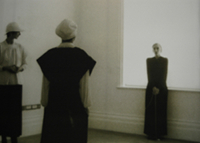
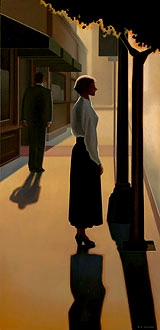
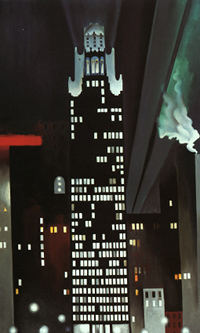




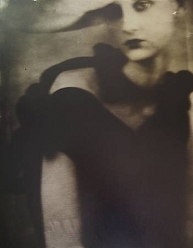

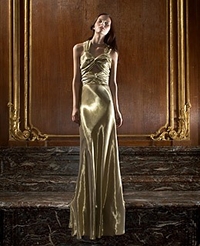




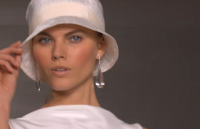


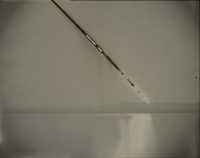

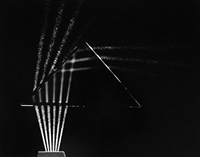


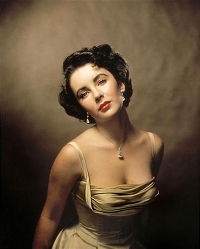






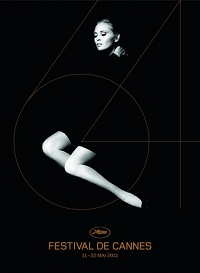


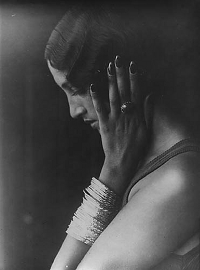


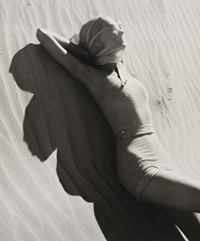


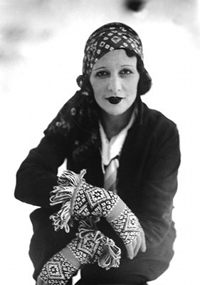



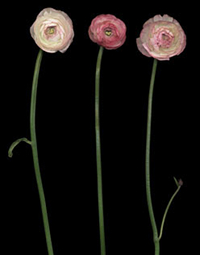
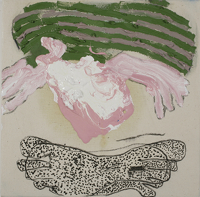



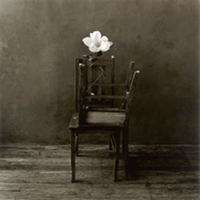
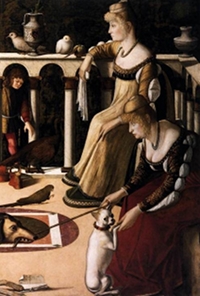



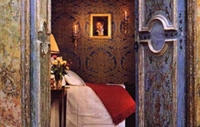
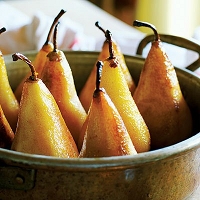






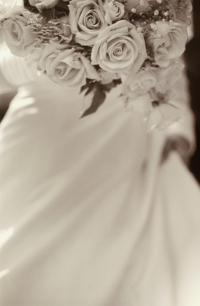

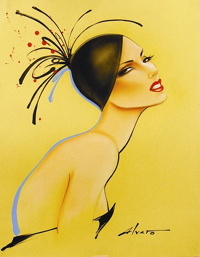

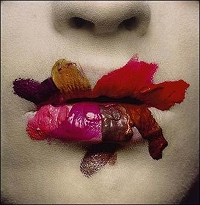
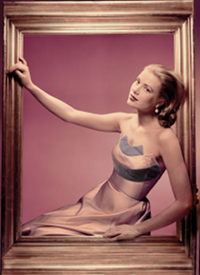





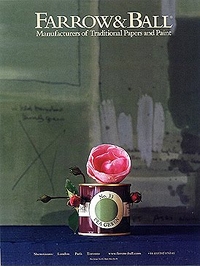


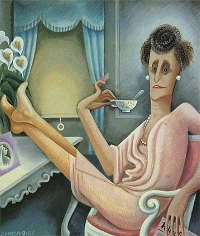
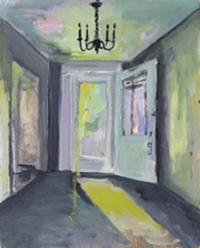
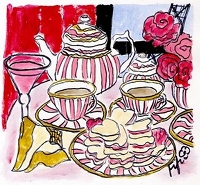
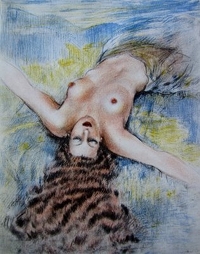
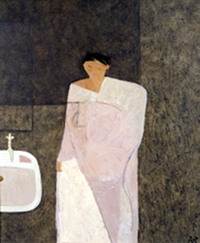




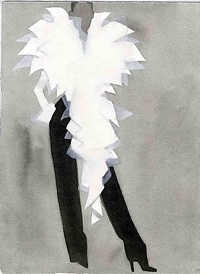
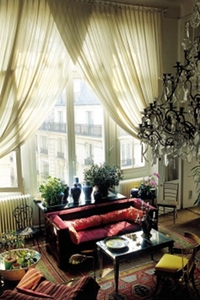

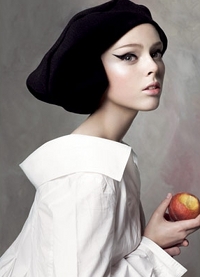
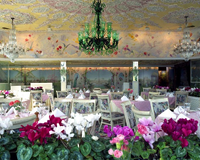
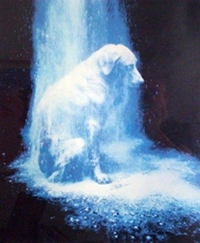
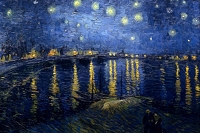
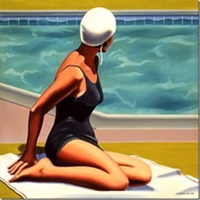









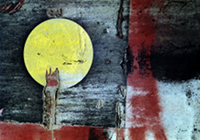



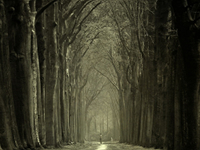




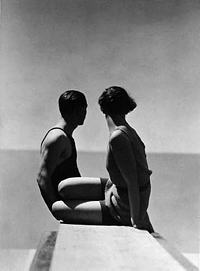
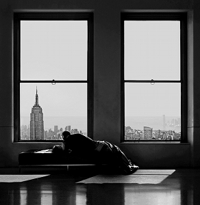
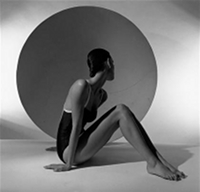
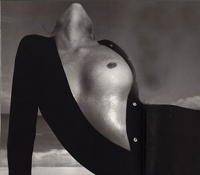


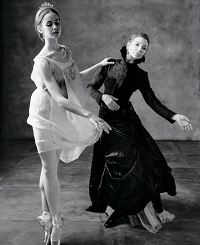
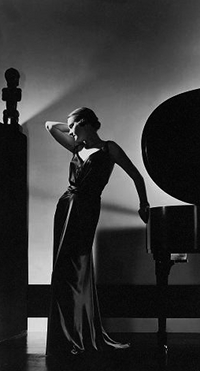




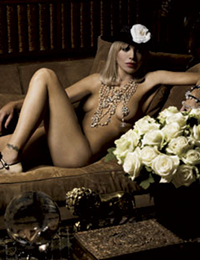



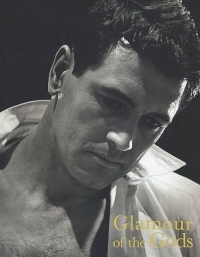

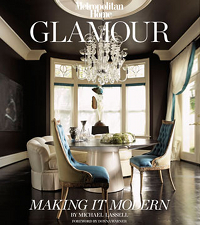



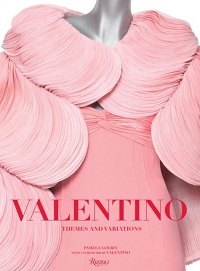

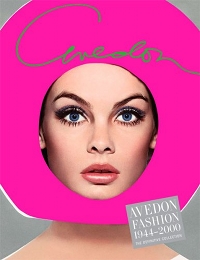

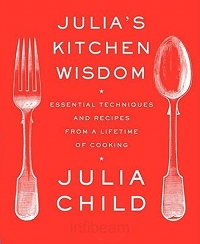







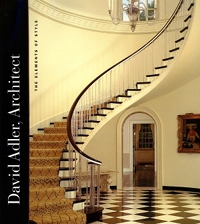

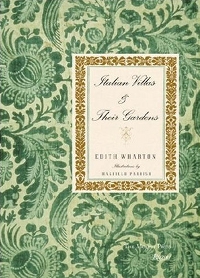


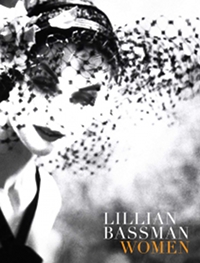




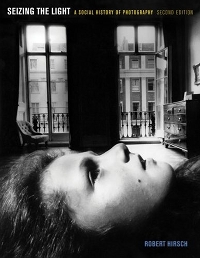
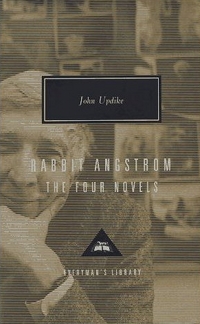



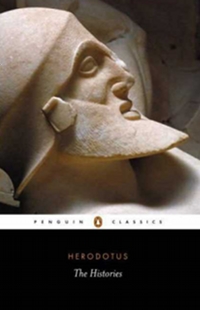




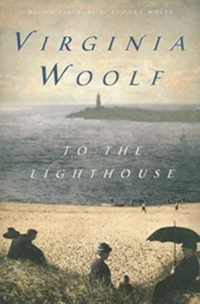







BACK STORY TO GREY GARDENS:
The film came about in the early 70’s when Lee Radziwill (Jacqueline Kennedy’s sister and John ”Black Jack” Bouvier’s daughter) asked the Maysles Brothers to make a documentary about her (Lee’s) childhood.
”Of the 40 items that could go into it,” said Albert Maysles, ”No. 34 was her eccentric aunt and cousin.”
Edith Bouvier Beale, a true American blueblood, was the first wife of a New York lawyer, Phelan Beale, and the sister of John ”Black Jack” Bouvier, Lee and Jacqueline’s father.
The Maysles began shooting right away. ”People were resistant to talk about ‘Black Jack’ Bouvier in any frank way except for Big and Little Edie.”
They shot for two weeks, cut 90 minutes, and screened it for Ms. Radziwill, who ”was appalled and took away the negative.”
She ended the project amiably.”I think she was overwhelmed by Edie. Big Edie considered it a coup: ‘A Beale upstaged a Bouvier.’ ”
”When we saw the original dailies and saw such rich material in the mother-daughter relationship. we realized that a phenomenal film could be made.”
A year later the Maysles went to the Beales, to make sure they would agree. Recluses, they eagerly unleashed 20 years of pent-up self-expression. They bared soiled mattresses, sagging breasts, hang-ups and sorrows. They were performers and this was their great performance.”
The finished film was critically acclaimed but some thought it an invasion of privacy, that the Beales had been exploited. This warts-and-all portrait of aging in America ”has never been shown on television,” said Mr. Maysles. ”You have to wonder why. The public just doesn’t like eccentricity. They equate reality with depressing.”
The Beales were thrilled, saying, ”This is who we are.”
Big Edie died a year after the film came out and Little Edie sold the house to Sally Quinn and Ben Bradlee of The Washington Post, who kept her promise not to demolish it. They kept the Spanish walled garden and ”the scraggy tree out front.”
I can’t wait to see this. My mother had dragged me to the Plaza where they used to show art films when Grey Gardens first came out. She always had a penchant for gossip and this story was making all the rounds. She thought it shameful that Jackie would permit her relatives to live in such squalor.
But what a film. As sad and dreary as it was, there was something familiar about these women. At the time, as a young career woman on the go, I used to share Gloria Steinham’s fear fantasy of ending up a “homeless bag lady” on the streets of New York city. Wonderful post.
Love Grey Gardens, look forward to it on HBO, hope they do a good job with it. I saw the Broadway show with Christine Ebersol, that was fantastic. But it, the play, was a sad story in the end about a daughter who was unable to leave her mother, to her own detriment. There is a great song about clothes and style in it: “The Revolutionary Costume for Today.”
Bart,
You do take advantage of being in the center of the universe — seeing all the posh exhibits and Broadway shows. I can imagine Grey Gardens being great on Broadway and the “costume” number comes right out of the mouth of Little Edie herself, who had a knack for costuming her entire wardrobe. And, indeed, it is a sad story of codependency which is part of its appeal I think. We’ll have to compare notes after it debuts on HBO. If you looked at the trailer, Drew Barrymore got Little Edie’s accent down cold.
if the sneak peek is any indication, Grey Gardens will be up for some awards. Come awards time. Looks great! And being a big Drew Barrymore fan, it’s nice seeing her again in a serious acting role (the serious roles have been few and far between). Me too…along with Bart …very much looking forward to it.
What can I say, I try to keep up! It reminds me of a Diana Vreeland quote, she said something like “If there was something beautiful, I went to see it.” Some Broadway shows I don’t get to because of the high cost, but I try to pick one play, the best thing, each season.
Yes, Drew does sound very good!!
BB
I have seen Grey Gardens several times…mental illness does not respect breeding or beauty. Family connections and money is the only difference in their fate and that of those I serve in homeless shelters. I am very glad they had those protective connections. I found them endearing as I do so many of the people I meet who cannot cope with the demands of life.
stljoie,
Thank you for your very unique perspective.
stijoie,
Right on the nose. My experience of life as the daughter of mentally ill parents and siblings is reflected through this film. I started watching it an hour ago and got into such a bad place that I came onto the internet to find out how these women’s lives will end so that I might be able to relax as (if?) I watch the rest of the film. Like my family members, the Peale’s were brilliant and unable to cope, as you say, but I wonder whether it is/was them who were unable to cope ‘with the demands of life’.
Society rejects the truly different, leaving each to the squalor of the squandered until finally our oft most gifted quietly shudder their own souls to sleep, death still waiting.
This response won’t reach you as I’m 3 years late. Thanks, anyway, for saying what you see, most especially for writing it down so that I could find a little company tonight.
There are no end to people that are more comfortable with the companionship of their pets, as opposed to the cruel indifference of modern society. Surely, Little Edie returning to care for her Mother is not a character flaw.
This story seems to appeal to a culture that enjoys seeing the lives of the wealthy or famous struggling with life. Rest in Peace Ladies.
I entirely agree with you. And, in truth, many biographies and autobiographies
I have read of late indicate that many famous or highly visible people crave solitude
as they move through life. I was struck recently by the fact that both Greta Garbo
and Marlena Dietrich chose to be reclusive in their final years.
As with Big and Little Edie there was an undeniable bond that served
them well. While little Edie openly craved “big city lights” there is little
to indicate she was emotionally capable of handling it.
I remember seeing the documentary several years ago and I as literally DRAWN to the tv screen by the sheer realness of these women. I was heart broken and forever touched by Little Edie. These women showed me in a stange way what HUMAN is all about.
They were beautiful even in their disrepair.
[…] Past post: Grey Gardens: Riches to Rags […]
Edith Bouvier Beale of Grey Gardens (edith bouvier beale) | Today's Hot Stories said this on 09/07/09 at 08:09:18 |
the documentary reminds me of my country of Cuba – the Whole of Cuba is a Grey Gardens! Thank you for your post.
These women were profound without trying to be. I love them!
I believe that there was a hint of heredity psychosis in these women. But then, sleeping in the ammonia-filled house could most likely have the same damaging affects as sniffing gas in the garage. These women are endearing; however, lets get down to reality – their life was not merely a matter of eccentric choice by rational beings. I love the bohemian life-style they chose at the beginning of their lives, but that life style does not end in choosing and enjoying a life of total filth.
I do believe that Little Edie was suffering with some sort of mental illness, in the documentary Little Edie herself said that people where saying that she was Schizophrenic, but I cannot find anything that gave a definite diagnosis. Not only that I know people who are mentally ill have a tendency to live in that kind of filth due to hoarding and in my opinion they were indeed hoarding cats, but they did not seem to be aware to the degree that they showed no signs of it bothering them as was the case with the Beales.
…….can someone please tell me why Little Edie always covered her head with scarves???
Per the documentary and the persons making it, I found the documentary makers commenting that Little Edie had a type of Alopecia where she was missing hair, but also that at a point in her adult life, she set her hair on fire.
Also, everyone making the documentary had to enter Grey Gardens wearing flea collars around their ankles because it was that bad in there. Sadly, both women were living in filthy and obviously infested conditions like hoarders. Listening to them speak to each other, there definitely seemed mental illness between both of them that they could not go out and do food shopping and function like many of us must do in order to manage in life.
I watched this documentary. I am intrigued by the fascination – two old ladies living in a falling house? Then, I went to sleep. I had a dream. In that dream, Little Edie told me that her mother was the only one that accepted her. Do I think that Big Edie may have evoked guilt and obligation in her daughter? Sure…probably. Still, if Little Edie left, would her life have been more full?
It seems to me that the movie gave us a ‘picture’ of those times and that type of society. Look at Jacqueline Kennedy Onassis. She appeared to have conformed precisely to the expectations of her ‘society’. Where did that get her?
I’m still wondering if it is worth my time processing this information of these people’s lives. I feel as though this is a time for us all to process our own lives. Treat your loved ones like gold. Dismiss and ignore comments and tactics from the haters who DO NOT MATTER.
Getting to know these women by purchasing for many years now everything I was able to get my hands on about them, reading/watching/listening over and over again, I can truly say they changed me inside and enhanced my life….I am a better person for “getting to know them” and making them what is to me a real part of my life experience. I LOVE them for the purity of their hearts. The world needs to be full of Edies!!